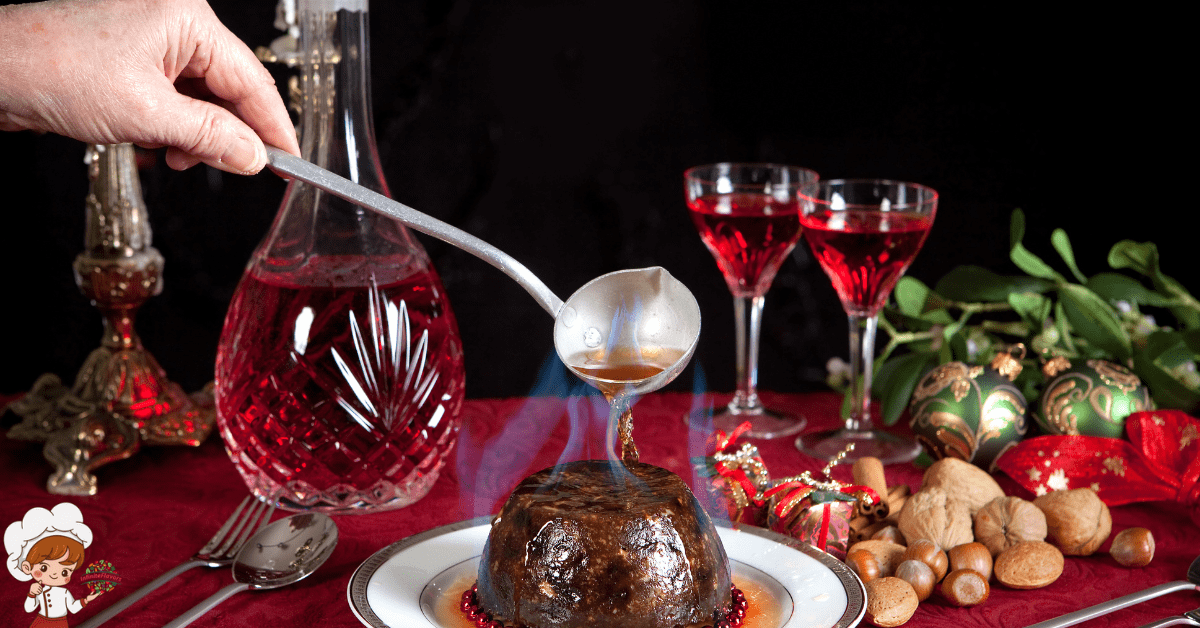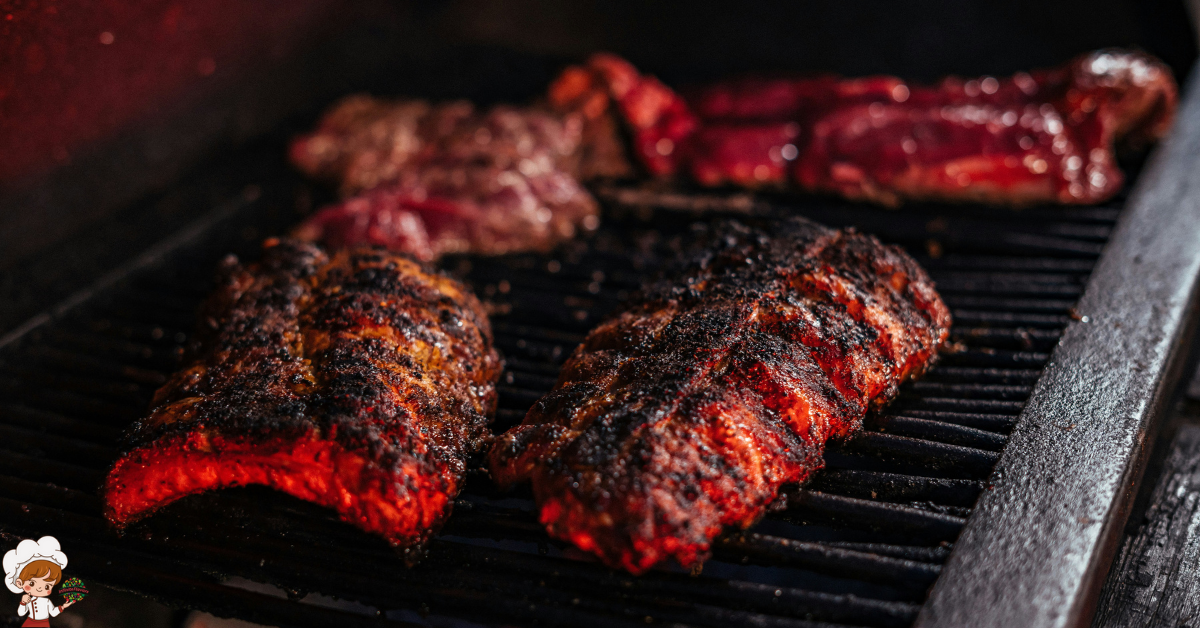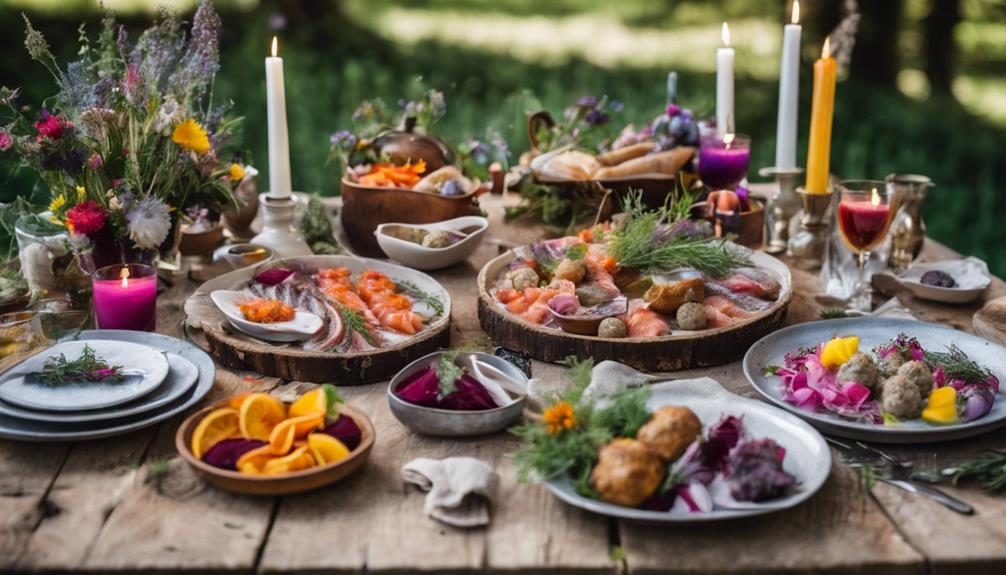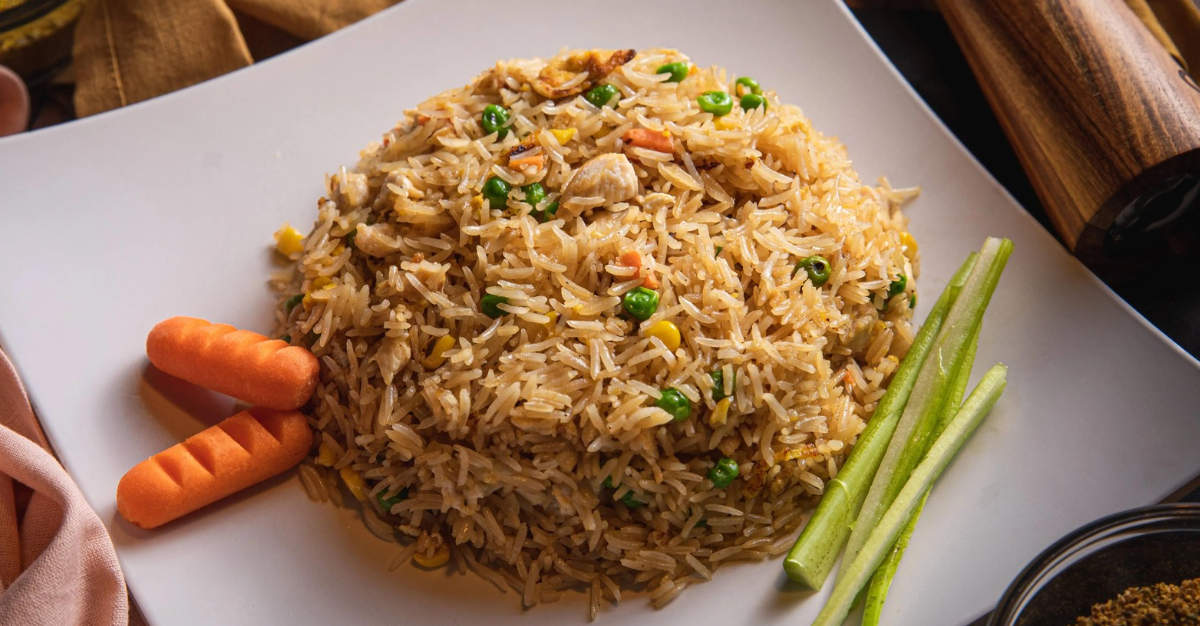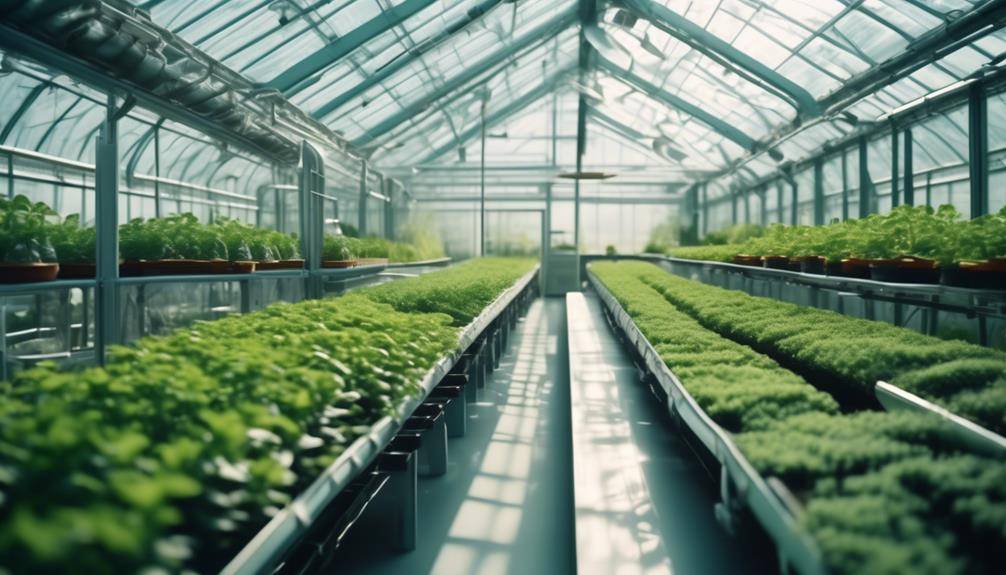Popular Moroccan Tea And Traditional Rituals
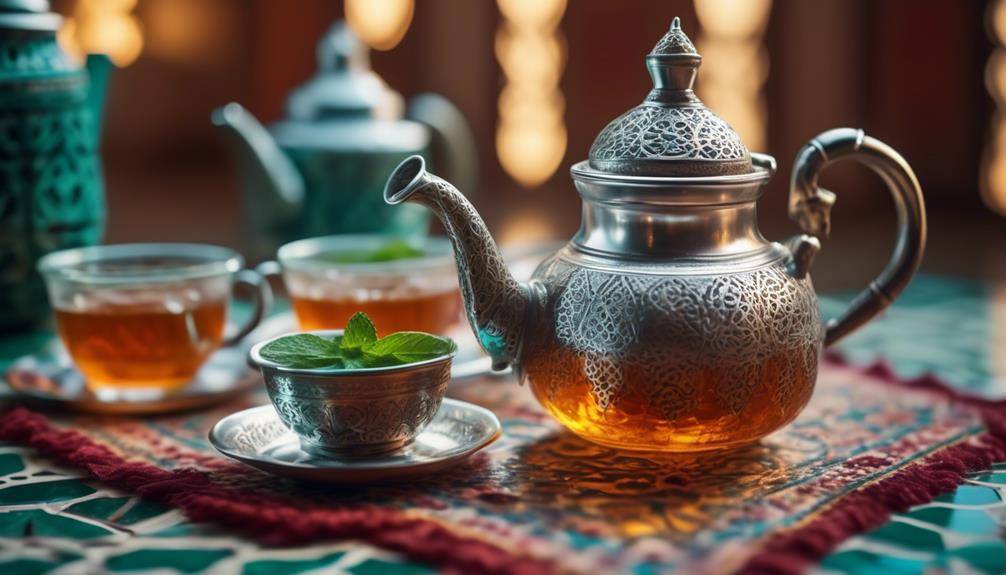
Step into the world of Moroccan Tea And Traditional Rituals where the aromatic flavors blend together like a harmonious dance. From the bustling streets of Marrakech to the serene mountain villages, Moroccan tea is a cultural symbol that brings people together. But what makes this tea so special? How is it prepared? And what are the rituals and etiquette surrounding this cherished beverage? Get ready to embark on a journey as we uncover the secrets of Moroccan tea and the traditions that have stood the test of time.
The Significance of Moroccan Tea
When it comes to understanding the cultural traditions of Morocco, one cannot overlook the significance of Moroccan tea. This hot beverage is not just a drink, but a symbol of hospitality, friendship, and Moroccan identity. The ritual of preparing and serving Moroccan tea has deep cultural symbolism and historical origins that date back centuries.
Moroccan tea is traditionally prepared in a special teapot called a “teakettle.” The teakettle, known as a “berrad,” is made of brass or silver and is beautifully engraved with intricate designs. This teapot is an essential element of the Moroccan tea ceremony and adds to the overall aesthetic experience.
The process of preparing Moroccan tea is an art in itself. The tea leaves, usually green tea, are first rinsed with hot water to remove any bitterness. Then, fresh sprigs of mint are added to the teapot, followed by a generous amount of sugar. The tea leaves are then poured into the teapot, and boiling water is added. The mixture is left to steep for a few minutes, allowing the flavors to infuse.
The tea is then poured into small, delicate glasses from a height, creating a frothy layer on top. This pouring technique not only enhances the taste but also adds visual appeal to the tea. It is customary for the host to pour the tea in a continuous flow, demonstrating their hospitality and generosity.
Moroccan tea has a distinct flavor that combines the bitterness of the tea leaves, the refreshing taste of mint, and the sweetness of sugar. It is often accompanied by traditional Moroccan pastries or nuts, further enhancing the experience.
The significance of Moroccan tea goes beyond its taste and preparation. It is a symbol of Moroccan hospitality and a way to bring people together. Sharing Moroccan tea is a common social ritual, often used to welcome guests or to celebrate special occasions. It is a time for connection, conversation, and relaxation.
Traditional Moroccan Tea Preparation
When it comes to traditional Moroccan tea preparation, there are three key points to consider: tea brewing essentials, tea serving etiquette, and tea ceremony traditions. First, the brewing essentials involve using high-quality loose tea leaves, fresh mint leaves, and a generous amount of sugar. Second, serving etiquette dictates that the host pours the tea from a height to create a frothy layer and serves it in small, ornate glasses. Lastly, the tea ceremony traditions emphasize the importance of hospitality, patience, and the sharing of tea as a way to connect with others.
Tea Brewing Essentials
To create an authentic and flavorful cup of Moroccan tea, you must master the art of traditional tea preparation. The tea brewing techniques in Moroccan tea culture are steeped in centuries-old traditions and rituals. Here are the essentials you need to perfect your brew:
- Green tea: Start with high-quality, loose-leaf green tea, preferably Chinese gunpowder tea, known for its robust flavor.
- Fresh mint: Use a generous amount of fresh mint leaves to add a refreshing and aromatic note to your tea.
- Sugar: Moroccan tea is traditionally sweetened with a substantial amount of sugar. Adjust the sweetness level to your preference.
- Teapot: A traditional Moroccan teapot, called a “berrad,” is essential for the brewing process. Its long spout ensures a precise pour.
- Tea glasses: Serve your tea in Moroccan tea glasses, which are small and narrow, allowing you to savor the tea’s aroma while enjoying every sip.
Mastering these essentials will transport you to the vibrant and aromatic world of Moroccan tea culture.
Tea Serving Etiquette
As you immerse yourself in the enchanting world of Moroccan tea, the elegant and intricate tea serving etiquette will captivate your senses. Moroccan tea serving customs are deeply rooted in tradition and reflect the cultural importance placed on hospitality and social gatherings. The tea presentation etiquette is a visual feast, as the tea is served in beautifully crafted teapots and poured into small glasses with precision and grace.
The host holds the teapot high above the glasses, skillfully pouring the tea in a continuous stream, creating a frothy layer on the surface. This technique not only enhances the flavors of the tea but also adds a touch of theatricality to the experience. The art of serving tea in Morocco is a reflection of the country’s rich history and the value it places on communal bonding and sharing.
Tea Ceremony Traditions
Immerse yourself in the captivating world of traditional Moroccan tea preparation, where age-old rituals and precise techniques create a sensory experience like no other. The tea ceremony customs in Morocco hold great cultural significance, reflecting the hospitality and warmth of the Moroccan people. As you observe the tea preparation, you will notice the following:
- Teapot Dance: The tea is brewed in a teapot, which is held high above the cup, pouring the tea in a graceful, sweeping motion.
- Mint Magic: Fresh mint leaves are added to the tea, infusing it with a refreshing aroma and a hint of sweetness.
- Three Pour Ritual: The tea is poured three times, each with increasing strength and intensity, symbolizing the progression of flavors.
- Elegant Cups: The tea is served in small, delicate glass cups, allowing you to appreciate the tea’s vibrant color.
- Serving with the Right Hand: The tea is always served with the right hand, a gesture of respect and tradition.
Through these customs, Moroccan tea ceremonies create a harmonious blend of flavors and cultural heritage, inviting you to savor every sip.
Moroccan Tea Rituals and Etiquette
When participating in Moroccan tea rituals, one cannot help but be captivated by the intricate and graceful movements that accompany this centuries-old tradition. Moroccan tea ceremonies are steeped in rich history and cultural significance, making them a truly enchanting experience.
Moroccan tea, also known as “Moroccan mint tea,” is made using a specific technique that involves pouring boiling water over a mixture of loose green tea leaves and fresh mint leaves. The resulting tea is a fragrant and refreshing blend that is often served in beautifully adorned teapots and poured into small, ornate glasses.
Moroccan tea rituals have similarities to tea ceremonies in other cultures, such as the Japanese tea ceremony and the Chinese tea ceremony. Like these traditions, Moroccan tea ceremonies involve a specific set of etiquette and customs that add an element of grace and respect to the experience.
During a Moroccan tea ceremony, the host takes on a central role, serving the tea with a steady hand and pouring it from an impressive height. This pouring technique, known as “high pouring,” is meant to aerate the tea and create a frothy texture. It is a skill that requires practice and precision.
As the tea is served, guests are expected to hold their glasses with their right hand and accept the tea with gratitude. Sipping the tea slowly and appreciating its flavors is also a key part of the Moroccan tea ritual. The act of pouring and sipping tea becomes a form of social bonding, as guests engage in conversation and enjoy the soothing ambiance.
Varieties of Moroccan Tea
Now, let’s explore the wonderful world of Moroccan tea varieties. Moroccan tea is not just about the taste, but also about the preparation methods that make each cup unique. From the classic green tea with mint to the aromatic blends of jasmine and orange blossom, there is a flavor to suit every palate. So, get ready to embark on a delightful journey of discovering the diverse flavors and aromas of Moroccan tea.
Tea Preparation Methods
Moroccan tea, a beloved beverage with a rich cultural significance, offers a wide array of preparation methods that showcase the country’s diverse tea traditions. When it comes to brewing this aromatic drink, Moroccans take their tea seriously. Here are some of the tea brewing techniques and infusion methods you’ll discover in Morocco:
- Gunpowder Tea: This green tea variety is rolled into small pellets, which unfurl during the brewing process, releasing its full flavor.
- Mint Tea: Fresh mint leaves are steeped with green tea to create a refreshing and invigorating blend.
- Rose Tea: Delicate rose petals are added to black tea, infusing the brew with a subtle floral fragrance.
- Lemon Verbena Tea: Known for its calming properties, this herbal tea is made by steeping lemon verbena leaves in hot water.
- Sage Tea: Sage leaves are brewed to create a tea with a slightly earthy and aromatic taste.
Each preparation method offers a unique taste and experience, adding to the charm and allure of Moroccan tea rituals.
Popular Tea Flavors
As you explore the diverse tea brewing techniques and infusion methods in Morocco, you’ll soon discover a captivating array of popular tea flavors that add depth and dimension to the country’s cherished tea rituals. Moroccan tea is known for its unique blends and the way it is paired with various ingredients to create a harmonious taste experience. One popular flavor is the classic Moroccan mint tea, which combines green tea leaves with fresh mint leaves for a refreshing and soothing blend.
Another delightful choice is the Moroccan rose tea, where the delicate aroma of rose petals infuses with black tea, creating a subtle floral taste. For a richer and spicier option, try the Moroccan spiced tea, which combines black tea with warming spices like cinnamon, ginger, and cloves. These unique tea blends offer a variety of flavors that can be enjoyed on their own or paired with traditional Moroccan sweets like baklava or almond pastries.
Moroccan Tea and Social Gatherings
During social gatherings in Morocco, the air is filled with the aromatic scent of freshly brewed tea, as the warm amber liquid is poured into delicate glasses. Moroccan tea customs and traditional tea ceremonies play a central role in these gatherings, creating a warm and welcoming atmosphere. Here are five observations about Moroccan tea and its role in social gatherings:
- Elaborate tea preparation: Moroccan tea ceremonies are not just about the tea itself, but also the preparation process. The tea leaves are carefully measured, and hot water is added to the teapot. Mint leaves and sugar are added, and the mixture is steeped until the flavors meld together. The tea is then poured from a height, creating a frothy layer on top.
- Symbolic pouring: The act of pouring tea in Morocco is more than just a practical task. It is a symbol of hospitality and generosity. The tea is poured in a continuous stream, with the host holding the teapot high above the glasses. This skillful pouring technique not only adds flair but also ensures that each glass receives an equal amount of tea.
- The art of serving: Moroccan tea is traditionally served in small, handle-less glasses known as “tchaba.” The glasses are held by the rim, allowing the tea to cool slightly before sipping. The act of serving and holding the glass, with the steam rising from it, adds to the sensory experience of the tea ceremony.
- Engaging conversations: Moroccan tea ceremonies provide a space for socializing and engaging conversations. As the tea is being poured and served, people gather around, sharing stories and laughter. It is a time to connect, bond, and strengthen relationships.
- Accompanying treats: Moroccan tea is often accompanied by delicious treats like pastries, nuts, or dried fruits. These treats complement the tea’s flavors and enhance the overall experience of the gathering.
In Morocco, tea is more than just a beverage; it is a symbol of hospitality and a catalyst for social interactions. The rituals and customs associated with Moroccan tea ceremonies create a sense of unity and connection among people, making social gatherings truly special.
Exploring the Health Benefits of Moroccan Tea
With its rich history and cultural significance, the health benefits of Moroccan tea are as enticing as its vibrant flavors. Moroccan tea, also known as Maghrebi mint tea or Moroccan mint tea, is a traditional drink that has been enjoyed for centuries. It is not only a refreshing beverage but also holds various health benefits.
Exploring the cultural significance of Moroccan tea, one can understand why it has become an integral part of Moroccan society. In Morocco, tea is a symbol of hospitality and is often served to guests as a gesture of welcome. The brewing and serving of tea is considered an art form, with specific rituals and traditions that have been passed down through generations. Moroccan tea is typically made with green tea leaves, fresh mint leaves, and sugar. The combination of these ingredients creates a unique flavor profile that is both refreshing and soothing.
Uncovering the historical origins of Moroccan tea reveals its connection to Chinese tea traditions. It is believed that tea was introduced to Morocco during the 18th century through trade routes with China. Over time, the Moroccan people adapted the tea-drinking culture to their own tastes and preferences, adding mint leaves and sugar to create a distinct flavor. Today, Moroccan tea is enjoyed not only for its taste but also for its potential health benefits.
One of the key health benefits of Moroccan tea is its high antioxidant content. Green tea, which forms the base of Moroccan tea, is rich in catechins, a type of antioxidant that helps protect the body against free radicals. These antioxidants have been linked to various health benefits, including improved heart health and reduced risk of chronic diseases such as cancer.
Furthermore, the fresh mint leaves used in Moroccan tea provide additional health benefits. Mint is known for its digestive properties and can help soothe an upset stomach or relieve indigestion. It is also believed to have anti-inflammatory and antibacterial properties, which may help boost the immune system and promote overall well-being.
Moroccan Tea And Traditional Rituals; Frequently Asked Questions
What Is the History of Moroccan Tea?
Moroccan tea has a rich history. Its origins date back centuries, and it is deeply intertwined with Moroccan culture. The traditions surrounding Moroccan tea are fascinating and unique, making it a must-try experience.
Can Moroccan Tea Be Enjoyed With Food?
Yes, Moroccan tea can definitely be enjoyed without food. However, it is also commonly paired with savory dishes, like couscous or tagine, to create a delightful contrast of flavors.
Are There Any Specific Teapots or Serving Techniques Used for Moroccan Tea?
When enjoying Moroccan tea, you’ll notice the unique teapot designs and traditional serving techniques. The teapots often have long spouts for precise pouring, and the tea is poured from a height to create a frothy foam.
What Are Some Common Misconceptions About Moroccan Tea?
Some common misconceptions about Moroccan tea include thinking it is just a regular beverage and not understanding its cultural significance. It is important to recognize its unique rituals and the importance it holds in Moroccan culture.
How Does Moroccan Tea Differ From Other Types of Tea in Terms of Taste and Preparation?
Moroccan tea has a unique taste compared to other teas. It’s bold and refreshing, with a hint of mint and sweetness. The preparation involves a traditional ritual, reflecting the cultural significance of tea in Moroccan society.
Conclusion
In conclusion, Moroccan tea is more than just a beverage; it is a cultural symbol that represents hospitality, tradition, and social connection. The elaborate preparation process and the rituals surrounding Moroccan tea add depth and meaning to the experience. Whether enjoyed alone or in the company of others, the various varieties of Moroccan tea offer a delightful blend of flavors and aromas. Beyond its taste, Moroccan tea also boasts numerous health benefits, making it a truly remarkable drink in every sense.



